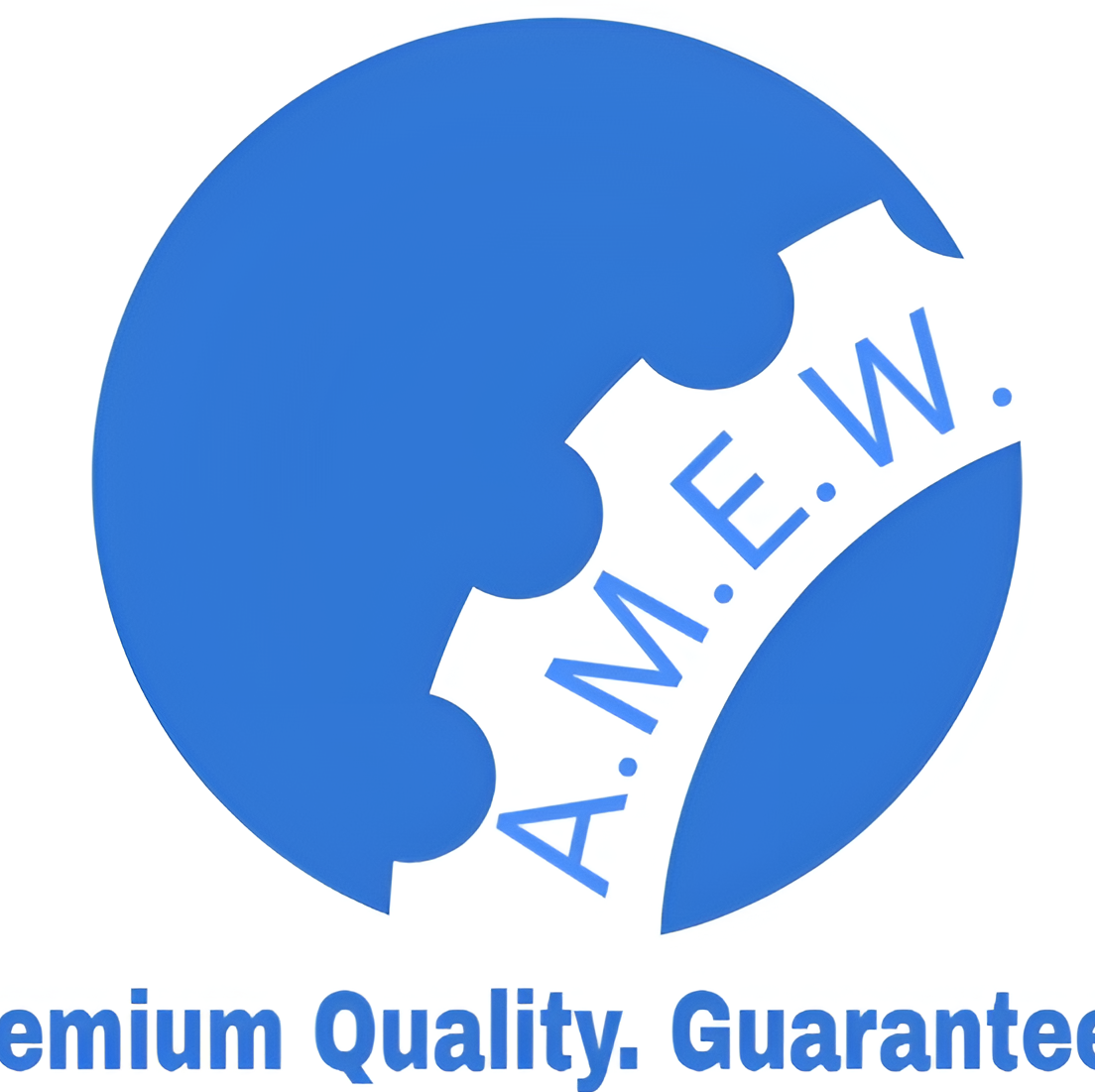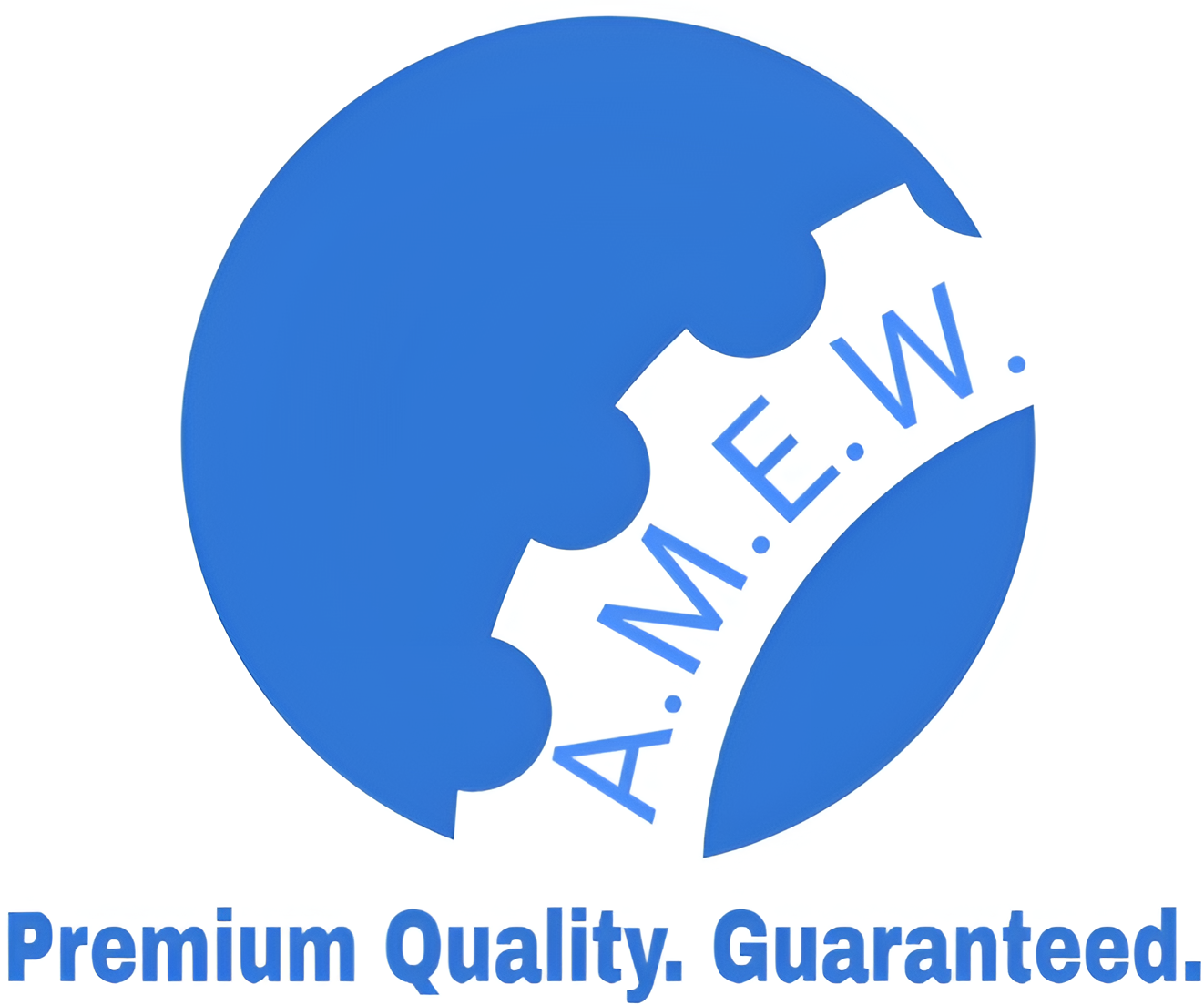Everything You Need to Know About API 5L X46 Pipe
API 5L X46 pipe is a crucial component in industries ranging from petroleum to construction. If you’re seeking durable, efficient, and standardized pipe solutions, you’ve probably encountered API 5L X46. But what exactly is it, and why is it so important? This blog post dives into the key aspects—from its chemical composition to its applications and emerging trends. After reading, you’ll have a comprehensive understanding of what sets API 5L X46 apart in the world of piping solutions.
Introduction to API 5L X46 Pipe
API 5L X46 pipe falls under the globally recognized API 5L specification, which outlines requirements for seamless and welded steel pipes. Primarily used in the oil and gas industries for pipeline systems, this pipe is known for its excellent toughness, tensile strength, and corrosion resistance. The “X46” specifically denotes its minimum yield strength of 46,000 psi, making it a robust choice for medium-pressure applications.
But why does it matter? With the increasing demand for energy and the need for reliable pipelines, API 5L X46 has proven to be a dependable choice for transporting oil, gas, and water with minimal risk of leakage or damage. Its adaptability for both onshore and offshore environments further increases its appeal.
Chemical Composition and Mechanical Properties
The reliability of API 5L X46 largely depends on its unique chemical composition and mechanical attributes.
Chemical Composition
API 5L X46 pipes incorporate precise amounts of carbon, manganese, phosphorus, and sulfur. Here’s a snapshot of its typical composition for standard grades:
- Carbon (C): ≤ 0.28%
- Manganese (Mn): 1.20% (max)
- Phosphorus (P): ≤ 0.03%
- Sulfur (S): ≤ 0.03%
The balanced composition ensures corrosion resistance and ductility while maintaining structural strength. Advanced grades may include micro-alloying elements like vanadium or niobium to enhance strength and toughness further.
Mechanical Properties
Mechanical strength is another defining characteristic of API 5L X46. Key parameters include:
- Yield Strength: 46,000 psi (min)
- Tensile Strength: 63,000–81,000 psi
- Elongation: Excellent ductility, allowing for flexibility under stress
These properties make the pipe suitable for transporting materials under pressure, even through challenging terrains.
Manufacturing Process and Standards
API 5L X46 pipes are crafted using meticulous manufacturing processes to meet industry standards. Here’s a breakdown of how they are made and the quality checkpoints they must pass.
Manufacturing Processes
- Seamless Pipe Production
Seamless pipes are formed by piercing a solid billet of steel, making them ideal for higher-pressure needs.
- Welded Pipe Production
For larger diameters, welded processes such as Electric Resistance Welding (ERW) or Submerged Arc Welding (SAW) are used. While slightly less pressure-resistant than seamless pipes, they significantly reduce material costs.
Compliance with Standards
API 5L X46 pipes adhere strictly to the specifications laid out by the American Petroleum Institute (API). These standards ensure uniformity, reliability, and compatibility for various industries worldwide. Additionally, they comply with supplemental standards such as ISO 3183 for pipeline transport systems.
Applications in Various Industries
One of the reasons for the high demand for API 5L X46 is its adaptability across multiple industries.
1. Oil and Gas
Its primary application lies in the oil and gas sector. API 5L X46 operates efficiently in pipeline systems, ensuring the safe transportation of crude oil and natural gas under high pressure.
2. Water Supply
Municipalities and water companies use these pipes for long-distance water delivery systems. Their corrosion resistance ensures durability even in chemically treated water.
3. Construction
Due to their robustness, API 5L X46 pipes are used in structural applications requiring high strength, such as piling and storage tank frameworks.
Advantages and Disadvantages
No material is perfect. Here’s a quick look at the pros and cons of API 5L X46 pipes.
Advantages
- High Strength-to-Weight Ratio: Handles substantial pressure while staying lightweight.
- Corrosion Resistance: Enhances durability in harsh environments.
- Cost-Effectiveness: Especially in welded variants, offering quality at a reasonable cost.
- Global Availability: Manufactured to internationally recognized API standards, making sourcing convenient.
Disadvantages
- Limited Flexibility: While strong, the pipes aren’t suited for highly flexible applications.
- Special Handling: Requires experienced professionals for safe welding and installation.
- Higher Upfront Costs (in advanced grades): The benefits of longevity often offset this over time.
Inspection and Quality Control
Given the critical nature of its applications, rigorous quality control processes are fundamental for API 5L X46 pipes. Common inspection methods include:
- Ultrasonic Testing (UT): Ensures no cracks or internal defects.
- Magnetic Particle Inspection (MPI): Detects surface-level inconsistencies.
- Hydrostatic Testing: Verifies pressure resistance under simulated conditions.
These inspections ensure that every pipeline can safely handle its intended workload, maintaining safety and compliance.
Future Trends and Developments
With the push toward sustainable energy and innovative materials, the future of pipeline technology is exciting. Some trends shaping the development of API 5L X46 pipes include:
- Advanced Coatings: Enhancing surface protection to further improve corrosion resistance.
- Lightweight Alloys: Reducing weight without compromising strength, making installations more energy-efficient.
- Digital Monitoring Systems: Embedding sensors into pipeline systems for real-time health monitoring and predictive maintenance.
These innovations are not just about improving performance; they also tackle cost savings and environmental impact simultaneously.
Final Thoughts
API 5L X46 pipe is a critical player in numerous industries, thanks to its balance of strength, versatility, and compliance with stringent standards. Whether you’re in oil and gas, construction, or beyond, understanding its capabilities and applications can help you harness its full potential.
Looking to upgrade your pipelines to API 5L X46? Stay ahead of the curve and make informed decisions by exploring our in-depth guides or consulting with industry experts.

